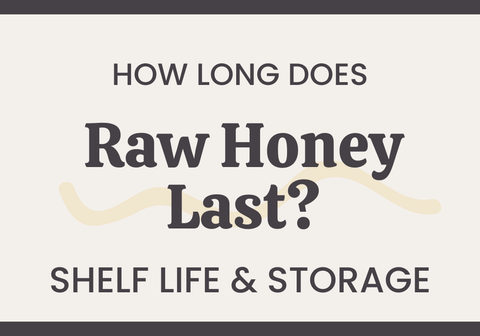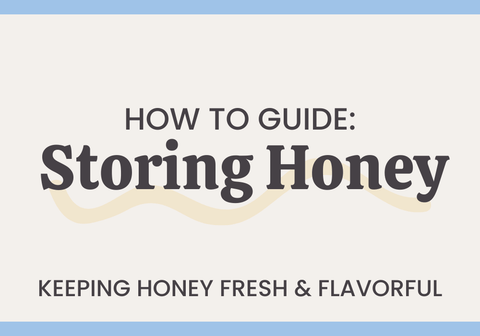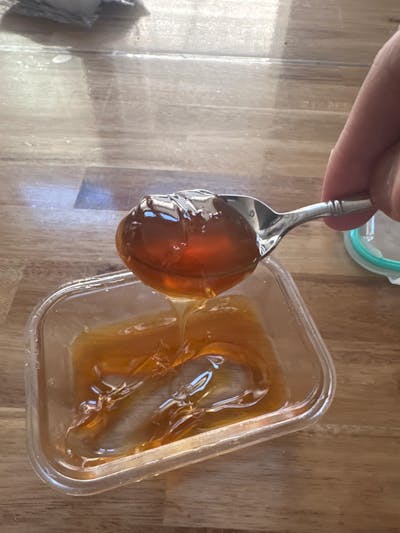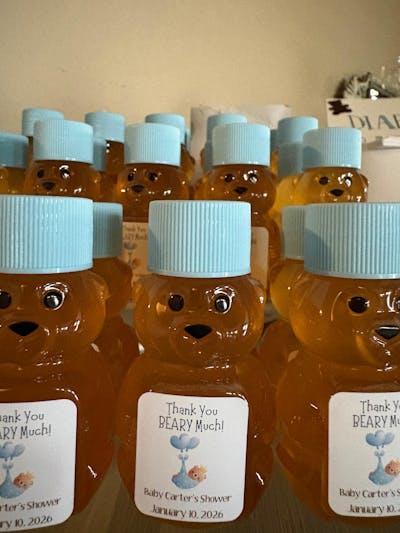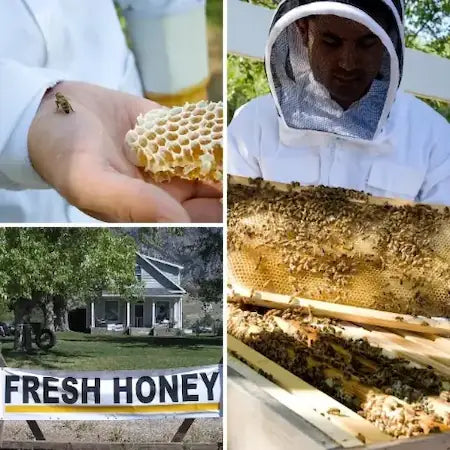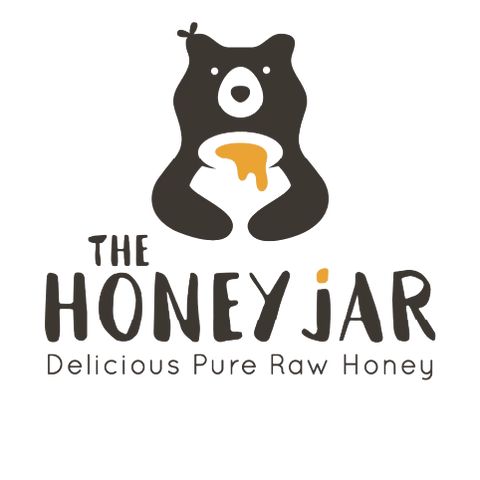Honey is a fascinating natural product with as many varieties as you can imagine. There are as many types as honey as there are types of flowers, and they can each vary drastically in taste, color, and texture. 

Taste, color, and texture are determined by the what flowers the bees are gathering nectar and pollen from.
Variations in Taste
The honey that most people are familiar with is clover honey. Clover is an abundant flower that bees love to visit and gather nectar from. The bees take this nectar and stir it and fan it until the water content drops and it becomes the tasty treat we love to enjoy. The taste of clover honey is what most people associate with honey -mildly sweet with a pleasant taste.
Now, instead of a field of clover, picture a field of lavender. Lavender has a very distinct, unique smell. As you can imagine, honey produced primarily from this flower tastes drastically different than honey produced from clover blossoms. Lavender honey is a delicious varietal honey with a distinct taste of its own.
(Fun Fact: Honeys "flavored" by the flowers they visit are known as varietal honey)
Taste can also be affected by the container and care taken during storage. Glass containers maintain the honey's original taste (if cleaned properly prior to filling). Plastic and metal containers can leach chemicals into the honey and can alter the taste. This is one of the reasons it's important to make sure that any plastic containers you might be using to store honey are food-grade plastic.
Variations in Color & Texture
Color and texture can also be dependent on the same factors.
Raw honey can vary in color from very dark to almost colorless depending on floral source. Color can also be affected by age as honey generally gets darker with age. Another factor in honey color is the crystallization process. Honey generally appears lighter when crystallized.
Texture can also be dependent on the floral source. Clover honey tends to have a creamy consistency while almond and dandelion are very coarse. This is caused by the difference in properties of the nectar source. Some have a much lower water content and vary in chemical composition.
**Special note about Wildflower Honey. Wildflower honey is a catch all term for honey that doesn't have a primary floral source. The type of wildflower honey produced can vary a lot depending on the area of the country or world it is produced in. For example, wildflower honey produced in the high mountain desert of Utah will be completely different than wildflower honey produced in the humid tropical areas of Florida because the plants in each area are so different.
Even different hives in Utah will produce different wildflower honey based on the time of year and the flowers in bloom. Each spoonful of wildflower honey can be like taking a sample of a specific time and location where the bees were foraging.
As you can see, the reasons behind different tastes, colors, and textures in honey can be varied, but generally come down to the flowers that the bees are visiting. That's what makes honey so unique. You're always in for a sweet treat, but exactly how it will look, taste, and feel are always just a little bit of a surprise. There are so many amazing honey varieties out there. Find yours today!



